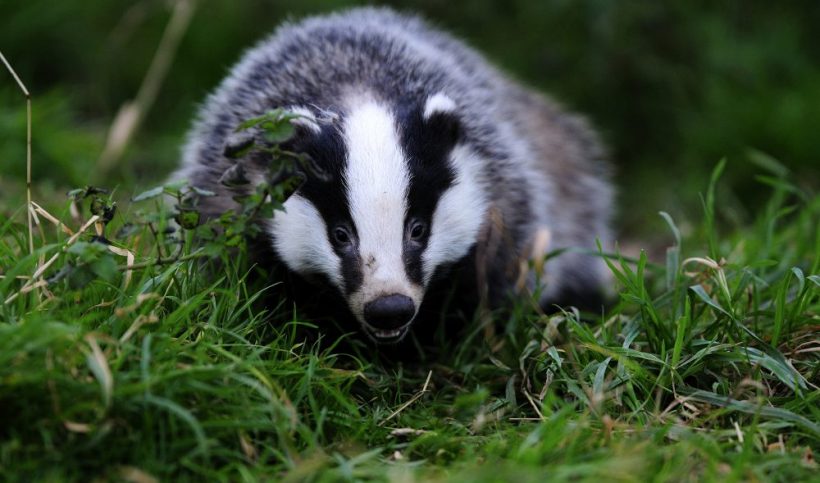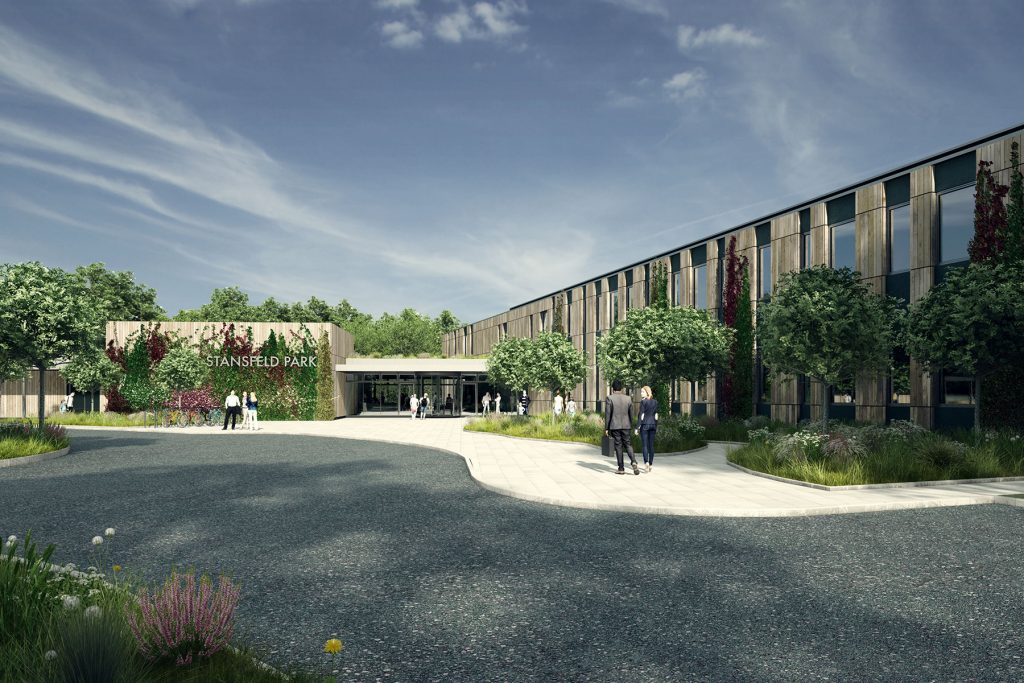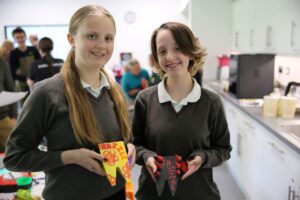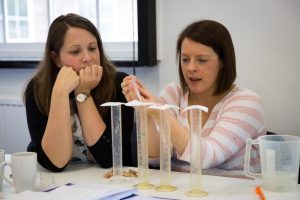Go wild for our new woodland
Friday 24th February 2017

We have received planning permission from Oxford City Council for the development of our new Science Oxford Education Centre at Stansfeld Park. This will be the UK’s first integrated indoor and outdoor science education centre dedicated to primary-aged children. It will mean we will be able to extend our current programmes and run exciting curiosity-based activities that combine both natural and physical sciences for children aged 4–12 their teachers and families. There will also be an on-site café and flexible 100-seat theatre for hosting our events.
The new development is set in 18-acres of woodland in Headington Quarry. We have great plans to rejuvenate the area and create a managed urban ‘wildspace’ for outdoor learning and for the wider community to enjoy. It will be used for a wide range of STEM learning experiences, providing a unique opportunity for young people to explore the natural world and learn what biodiversity is all about. One of the first steps is to monitor the wildlife in the woodland to see what’s what…

Proposed entrance for the centre at Stansfeld Park
A team of bird ringers has been making regular visits to Stansfeld Park since September 2016 to collect bird population data on our avian residents and visitors. A dedicated group, led by BTO-licensed instructors, Andy Gosler and George Candelin, place carefully designed ‘mist nets’ at a number of locations within the woodland. These nets harmlessly trap the birds when they fly into them. The team can then take specific measurements of the birds to ascertain their health before placing a unique identifying ring on their legs. This information allows scientists to study individuals when they are re-caught and assess their health, which in turn provides a measure of the quality of their habitat. You can download the report here.
The team have so far made nine visits to Stansfeld Park and recorded the presence of 45 bird species, including repeat catches (suggesting resident individuals) for 19 individuals from eight species. The list of visiting birds so far includes migratory species such as Fieldfare, Redwing and Goldcrest and it will be interesting to see what other species come and go as the seasons change.
In addition to our work with the small bird population, we have also been trying to find out more about our bigger residents at Stansfeld Park. We have been covertly monitoring the woodland with hidden cameras over recent months and have caught some interesting images. One of the great things about our cameras is that they are also able to pick up footage at night, so we’ve been able to observe some of our nocturnal neighbours, including badgers and foxes of whom we’d only previously seen evidence.
Among the most wiling to pose for the cameras are the Muntjac deer, who seem to stick to regular routes across the park from neighbouring land, and the squirrels who are busy foraging for anything they can find at this time of year. We also managed to catch sight of a heron checking out our largest pond no doubt searching for an early emerging frog, newt or toad – however, with the cold temperatures we’re still experiencing, it may be disappointed.
Find out more about the ecology at Stansfeld Park here.
If you love the outdoors and a spot of heavy-duty gardening, you can join in with our Stansfeld woodland restoration project! Oxford Conservation Volunteers (OCV) run woodland clearing days, with lashings of tea, biscuits and the occasional bonfire. Find out more here.



